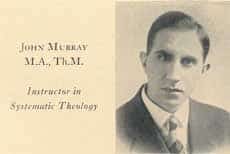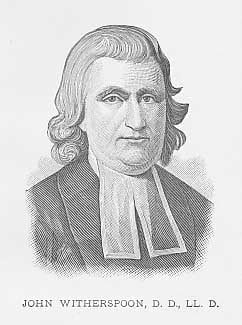This Day in Presbyterian History:
The First General Assembly Held in America
To Presbyterians, the American Revolution had been a holy war. And now with its winning, Christian Presbyterians could get back to growing the church. And that growth took place in a period of spiritual progress. From New York all the way south to the Carolinas, new settlements were begun, with Presbyterian missionaries and ministers being sent throughout the whole length of the land.
But as the churches and the presbyters became more and more distant from one another, there was a concern about attendance. In all the synods put together, over one hundred ministers were absent in any given year with only six of the churches presented by elders. In one synod, a new moderator was elected, and then excused when it became known that he had not been present for the previous eleven years. Clearly something had to be done.
The sixteen Presbyteries were organized into four separate synods in 1785. They were: Philadelphia, New York and New Jersey, Virginia, and the Carolinas. Numerically, this meant that there were four synods, sixteen presbyteries, 177 ministers, 111 licentiates, and 419 churches.
It was on May 21, 1789, that the first General Assembly was held in the original city of Presbyterianism, Philadelphia. John Witherspoon was chosen to preach the first sermon of that assembly. The delegates chose the Rev. John Rodgers to be the first moderator. He had been trained back in the Faggs Manor Presbyterian Church under New Side Minister Samuel Blair.
Some housekeeping had to be done in light of the separation from England. No longer could the civil magistrate be considered to be the head of the church. So chapters in the Westminster Standards which put him as the head of the church were re-written in the light of the American victory in the American Revolution. No one denomination would any longer be considered a state church, whether it was Anglican, Roman Catholic, or Presbyterian. There was a separation of church from state.
Words to Live By: Names are important. At this first Assembly, they called themselves “The Presbyterian Church in the United States of America.” Whatever your church is called and known in your locality, if it is an evangelical and Reformed church, live according to its biblical testimony in the light of the Word of God. Only then can you win to Christ the many who reside outside of the Savior.
Through the Scriptures: Psalms 120 – 123
Through the Standards: Private and public confession of sin part of repentance
WCF 15:6
“As every man is bound to make private confession of his sins to God, praying for the pardon thereof; upon which, and the forsaking of them, he shall find mercy; so, he that scandalizes his brother, or the Church of Christ, ought to be willing, by a private and public confession, and sorrow for his sin, to declare his repentance to those that are offended, who are thereupon to be reconciled to him, and in love to receive him.”


